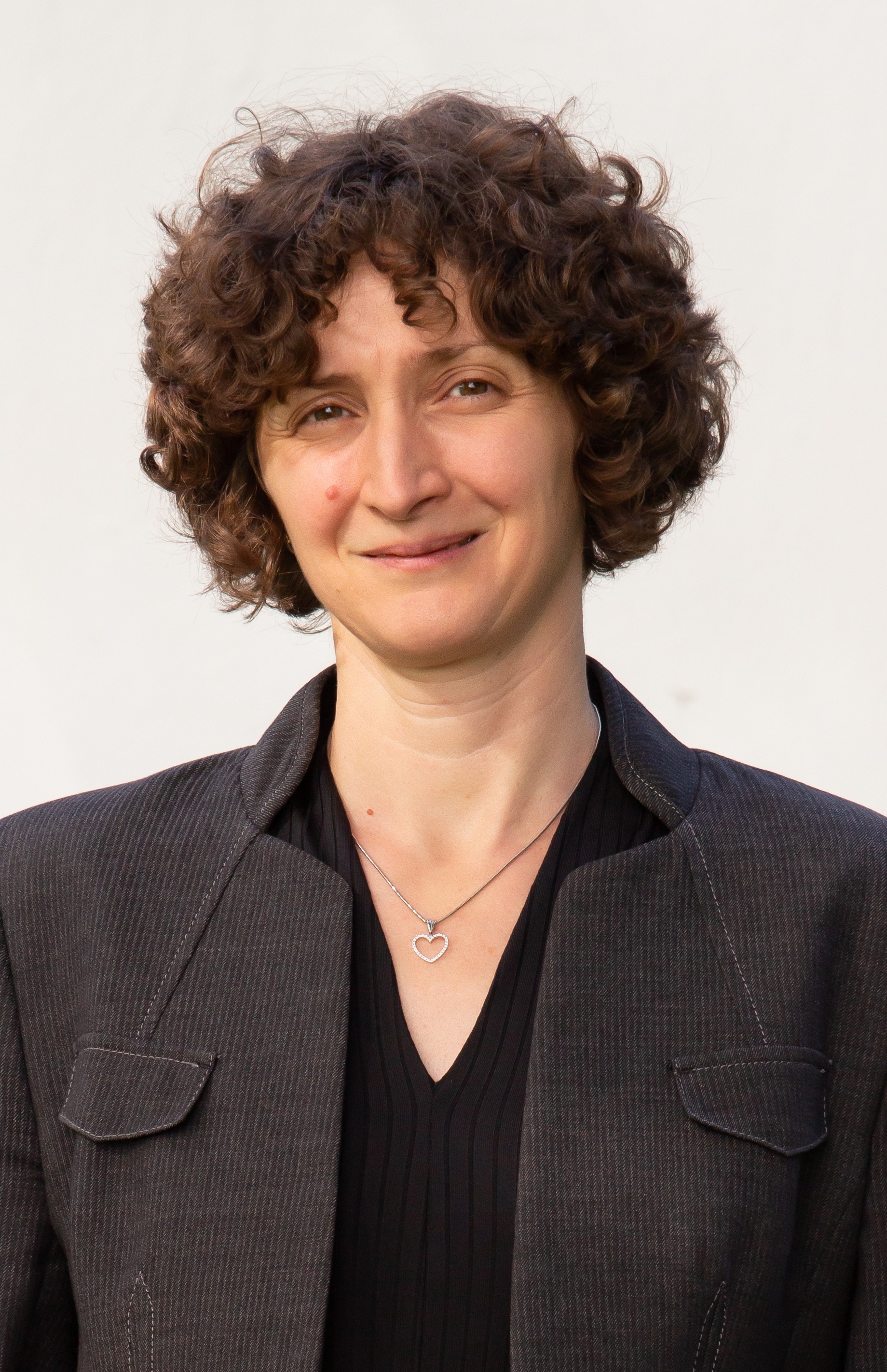Third Time’s a Charm for Hungarian Stroke Researcher

Dr. Eszter Farkas
Sprinters don’t normally choose to pursue a researcher’s career; the nature of the activity requires more of a marathon runner’s mindset. The fact that it takes 10-15 years until laboratory results translate into hands-on therapy or ready-to-use medicine is just part of the long journey.
Securing funds to achieve your research project adds a whole additional layer that cannot have a happy ending without grit and resilience. Dr. Eszter Farkas has demonstrated that persistence massively. Having been turned down twice by an international committee, she gave it another go just to validate the truth behind the “third time’s a charm.”
The senior researcher at the Hungarian Center of Excellence for Molecular Medicine (HCEMM) applied to that organization’s tender call three times in a row with good reason: there is a lot at stake.
“These calls offer so much more than ‘ordinary’ other calls available at the national level in Hungary,” she explains. “Take the ones by NKFIH, the National Research, Development, and Innovation Office. They provide around HUF 40 million-50 mln for four years, whereas HCEMM’s scheme gives you that much for one year. This amount of money doesn’t just help run research groups; it also paves the way for infrastructure development. This is a whole new level.”
On top of the advanced level of funding, professionals at HCEMM have the chance to become active members of the international research community. Workshops and conferences abroad equip young talent with the global network that is necessary to deliver world-class outputs.
HCEMM also ensures that the activity of working groups gets proper publicity and gives feedback to society so that it is not only those in the ivory towers of science who are informed about the latest achievements.
Crucial Research
Farkas’ specialty area is stroke, among the top causes of death in many societies, including Hungary. “It’s not a niche problem, it concerns masses of people, and it can lead to disability apart from death. It is, therefore, a crucial area in which to conduct research,” Farkas explains.
Whether or not strokes are a significant medical issue, it remains hard to get funding for related scientific work. As Farkas experienced herself, even though her concept concerned the same main topic every single time, it was only on her third attempt that she was successful.
“Planning experiments, assessing data, and projecting potential results is one thing. Demonstrating in a convincing and spectacular manner that the whole thing would work and be useful for medicine is another. We’re talking two different genres here,” she says.
Indeed, she endured a tough learning curve about how you actually present that what you plan to do in the lab will be worth the money and effort. This time the self-taught path turned out to pay off, although talking to colleagues about critical factors for success also helped.
Since the application procedure has two phases, it puts extra pressure on candidates. The written material is assessed by an international jury, which then invites the most promising scientists to a face-to-face interview. In other words, you need to be able to convince them in writing and in person as well.
Of course, just because you are interested in one particular area doesn’t necessarily mean you can apply for HCEMM grants. For research to be funded, it needs to match one of the pillars HCEMM deals with: immuno-inflammatory diseases, metabolic and cardiovascular diseases, genomic instability and cancer, and infectious diseases with a particular emphasis on co-morbidities. These research areas were not picked at random; they cover the leading causes of disease in old age in the Hungarian population.
Often Fatal
The topic of stroke belongs to cardiovascular diseases and, as such, is eligible for HCEMM grants, which helped the effort of Farkas. There are two types of stroke. In 20% of cases, blood vessels rupture, and the brain is subject to internal bleeding. The remaining 80% of cases, though, concern situations where blood vessels get clogged, and as a result parts of the brain are cut off. A common consequence of this is the development of brain swelling known as cerebral edema, which is often fatal.
“What we strive to figure out is how this edema develops on the level of cells. More importantly, we would like to find out whether there is any material released from brain cells into the bloodstream to predict this swelling. If so, it can be then identified in blood samples,” explains Farkas.
These so-called biomarkers are key since, if they do exist and can be detected, edema can be predicted with a high probability. Thus, treatment can start earlier. On the other hand, personalized medicine could get another boost since only those patients in whose case these specific biomarkers occur would be treated for preventing edema. This would also trigger research towards developing special medicine for this purpose.
“The main objective is to make sure that research results are translated into real-life clinical application,” Farkas says.
She has been in research since the 1990s, so this is not the first time she’s excited about a particular project. Since stroke remains a burning issue, her motivation is stronger than ever.
“Curiosity is self-evident if you want to do research. What drives me, in particular, is the perspective of helping people, but gaining new knowledge and transferring that to the next generations gives me pleasure as well. Finally, responsibility and supporting teamwork in the research group by providing the ideal circumstances in the long run, that is very motivating for me too,” concludes Farkas.

This article was first published in the Budapest Business Journal print issue of November 19, 2021.
SUPPORT THE BUDAPEST BUSINESS JOURNAL
Producing journalism that is worthy of the name is a costly business. For 27 years, the publishers, editors and reporters of the Budapest Business Journal have striven to bring you business news that works, information that you can trust, that is factual, accurate and presented without fear or favor.
Newspaper organizations across the globe have struggled to find a business model that allows them to continue to excel, without compromising their ability to perform. Most recently, some have experimented with the idea of involving their most important stakeholders, their readers.
We would like to offer that same opportunity to our readers. We would like to invite you to help us deliver the quality business journalism you require. Hit our Support the BBJ button and you can choose the how much and how often you send us your contributions.







